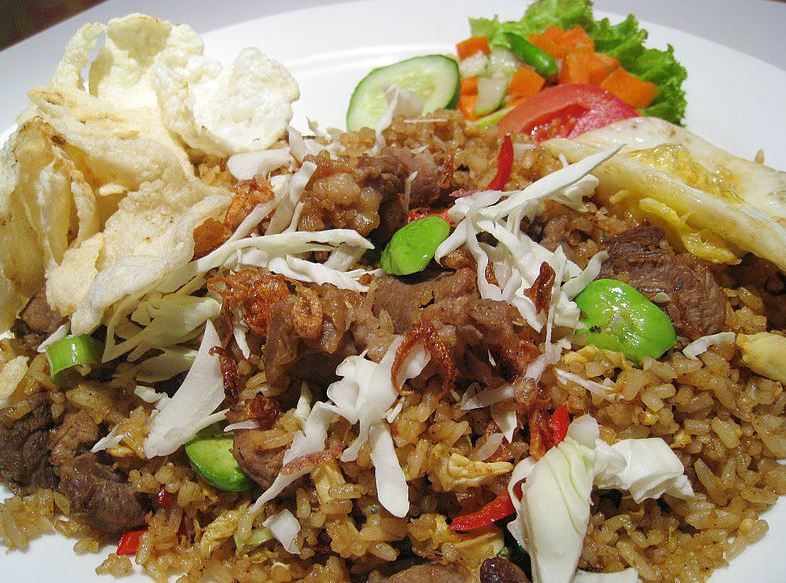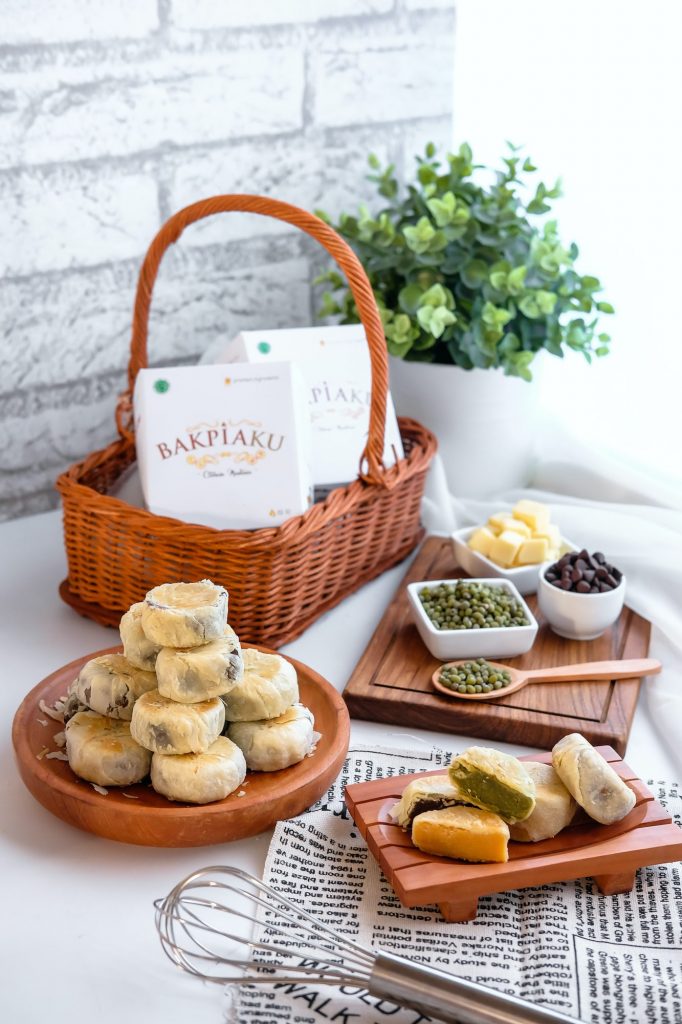This Chinese Culinary Heritage has Become a Quintessential Indonesian Dish.
Many delicious Indonesian dishes have been brought and adapted from Chinese communities, such as bakso, wedang tahu, bakwan, cakwe, and bakpia. Bakpiaku.com has summarized some of these Chinese culinary heritages.
Pempek
According to local folklore in Palembang, pempek was first discovered by a Chinese person around 1617.
Originating from the man's concern about the abundance of fish in the Musi River, he took the initiative to process the river fish by grinding and mixing it with tapioca flour.
Other sources suggest that pempek was adapted from Chinese dishes such as fish balls, kekian, and ngohiang. While the name is derived from the nickname of the man who first peddled pempek, "apek" or "pek-pek," which is a term for uncle in Chinese culture."
Fried Rice

Nasi goreng, or Indonesian fried rice, is arguably one of the oldest dishes in the world. Its origins can be traced back to ancient China around 4000 BC.
The concept of fried rice was born out of a simple desire to make the most of leftover rice.
To prevent waste and to create a delicious meal, the Chinese people began frying the leftover rice with various seasonings and vegetables, giving birth to the nasi goreng we know today.
It is believed that the first fried rice recipe originated from Yangzhou, a city in Jiangsu province, China. Yangzhou fried rice, or Chinese-style fried rice, is still available in many Chinese restaurants.
Historically, fried rice was typically filled with roasted pork, shrimp, peas, and green onions. Research suggests that this dish was a staple food for farmers and was often cooked in large quantities to feed their families. It was a nutritious and affordable meal that was easy to prepare.
Indonesians in different regions have adapted fried rice to suit their local tastes and cultures. For example, in Jakarta, fried rice is cooked dry and slightly salty. In Central Java, it is served moist and has a slightly sweet flavor.
Fried rice is believed to have been introduced to Indonesia by Chinese immigrants around the 10th century, during the Srivijayan Empire.
hinese migrants dispersed throughout Indonesia, bringing with them the recipe for fried rice, which was then adapted to local tastes and cultures.
In Jakarta, for example, fried rice is cooked dry and slightly salty. In Central Java, it is served with a more moist texture and a sweet flavor.
In Yogyakarta, fried rice is often cooked in a clay pot over charcoal, giving it a distinct aroma and is usually served with chicken. Meanwhile, in East and Central Java, it is commonly served with beef tripe
Tofu Drink
Some historians believe that wedang tahu was brought to Indonesia by a Chinese immigrant named Ong Kiem Nio who settled in Semarang around the 19th century.
Before being sold from carts as we know it today, wedang tahu was carried and sold on a pole.
Not only was the way it was sold different, but the serving itself was also more complex. In the past, a bowl of wedang tahu contained ginger broth, dried shrimp, salty soy sauce, sliced vegetables, green onions, and coriander. This is different from today's wedang tahu, which is known for containing tofu pudding and ginger broth.
Back then, wedang tahu was often enjoyed with baozi and cakwe.
Over time, wedang tahu evolved to suit the taste of the Semarang people. The savory flavor was replaced with a sweeter one. Soy milk and agar-agar were added to the soybean extract, while the ginger broth was enhanced with pandan leaves, lime leaves, cinnamon, and cloves, making it more fragrant and enticing.
This adaptation is a clear example of cultural exchange, as the drink evolved to cater to the local taste. Wedang tahu has managed to endure and remains a popular drink in Semarang, even spreading to other cities outside of Central Java.
In different regions, this warm beverage has its own unique name. For example, in Solo, it's called tahoek, while in East Java, it's known as tahuwa.
In West Kalimantan, it's commonly called bubur tahu, and in Bangka Belitung and South Sumatra, it's more familiar as kembang tahu.
Despite these different names, this beneficial drink remains a popular choice during cold weather.
Bakpia

Bakpia is essentially a product of cultural fusion between Chinese and Indonesian traditions. It is believed that this pastry was first introduced to Yogyakarta in the 1940s by a Chinese merchant family. Some sources suggest that bakpia had already been present in Yogyakarta since the 1930s.
The name "bakpia" originates from the Hokkien dialect, where "Tou Luk Pia" translates to "meat-filled pastry." However, as time went on, the meat filling was replaced with mung beans. This adaptation was likely due to economic reasons, as mung beans were more affordable than meat. Surprisingly, this flavor was well-received by the Indonesian people and has since become the original and most enduring flavor of bakpia.
With the booming bakpia business, many producers began experimenting with new flavors. While traditional bakpia is filled with mung beans, today's bakpia comes in a variety of flavors, including cheese, chocolate, durian, cappuccino, milk, green tea, and black sesame.
Bakpiaku is one such brand that offers a wide range of innovative bakpia flavors. Besides its unique flavors, Bakpiaku is also known for its premium and exclusive packaging, as well as its affordable prices.